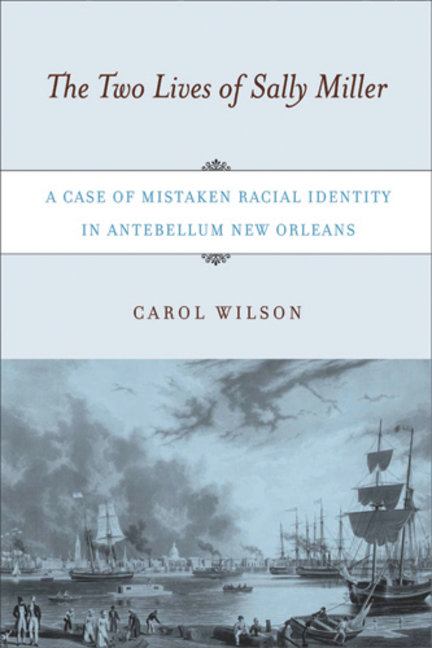Color Lines: Racial Passing in AmericaPosted in Arts, Audio, History, Identity Development/Psychology, Louisiana, Media Archive, Passing, United States on 2016-01-17 03:03Z by Steven |
Color Lines: Racial Passing in America
BackStory with the American History Guys (A program of the Virginia Foundation of the Humanities)
Charlottesville, Virginia
2016-01-15
 M. H. Kimball portrait of Isaac White and Rosina Downs, two New Orleans slave children, c. 1863. (Library of Congress). |
On this episode of BackStory, the Guys will consider how and why Americans throughout the centuries have crossed the lines of racial identity, and find out what the history of passing has to say about race, identity, and privilege in America. We’ll look at stories of African-Americans who passed as white to escape slavery or Jim Crow and find out how the “one-drop rule” enabled one blonde-haired, blue-eyed American to live a double life without ever arousing suspicion. We’ll also explore the story of an African-American musician who pioneered a genre of exotic music with a bejeweled turban and an invented biography, and examine the hidden costs of crossing over.
Guests Include:
- Carol Wilson, Washington College
- Annette Gordon-Reed, Harvard University
- Martha Sandweiss, Princeton University
- Johanna Lanner-Cusin, high school history teacher
- Eva Garroutte, Boston College
- Allyson Hobbs, Stanford University
- Vasanth Subramanian, business consultant
- R. J. Smith, former senior editor, Los Angeles Magazine
- Adrienne Hernandez, great niece of Korla Pandit
- Maya Hernandez, great niece of Korla Pandit
Segments
- The Spark of Recognition
- Historian Carol Wilson tells the story of a New Orleans slave named Sally Miller, who sued for her freedom after a German woman became convinced that Sally was really a long-lost German girl named Salomé Müller.
- Double Image
- Historian Martha Sandweiss explains how the one-drop rule enabled a blue-eyed, blonde-haired geologist named Clarence King to lead a second life as a Black Pullman porter, without ever drawing suspicion.
- “Code-Switching”
- Listener Johanna Lanner-Cusin, who identifies as black, talks about people’s assumptions about her race, not having experiences similar to darker African Americans, and “qualifying her blackness.”
- Blood Brothers
- Historian Annette Gordon-Reed illustrates the fluidity of race with the stories of two sons of Thomas Jefferson and his slave Sally Hemings, one of whom passed into white society while the other lived his life as an African-American.
- High Stakes
- Sociologist Eva Garroutte tells the story of Sylvester Long, a multiracial man who rose to silent film stardom in the 1920s after adopting the persona of an “authentic” Native American—until it all came crashing down.
- Passing In, Passing Out
- Brian Balogh talks with historian Allyson Hobbs about an enormous but overlooked cost of racial passing: leaving one’s family, community, and heritage behind.
- “Guess Your Ethnicity”
- Listener Vasanth Subramanian wishes society allowed him to choose his identity. He talks in detail about the prejudices children of immigrants face.
- Drawing the Line
- The Guys explain how American slavery practices created racial boundaries, and, at the same time, complicated them.
- Playing Indian
- Producer Nina Earnest explores the boundary between passing and performance with the story of John Roland Redd, an African-American organist who donned a bejeweled turban and rewrote his life story to become “Godfather of Exotica” Korla Pandit.
CORRECTION: This show includes a story about Sylvester Long, a man of mixed descent who styled himself as a pure-blooded Native American named Chief Buffalo Child Long Lance. We refer to him as a movie star who published a famous autobiography. In fact, Long Lance published his autobiography first—the popularity of the book catapulted him into movie stardom.
Listen to the podcast (01:05:14) here. Download the podcast here.
